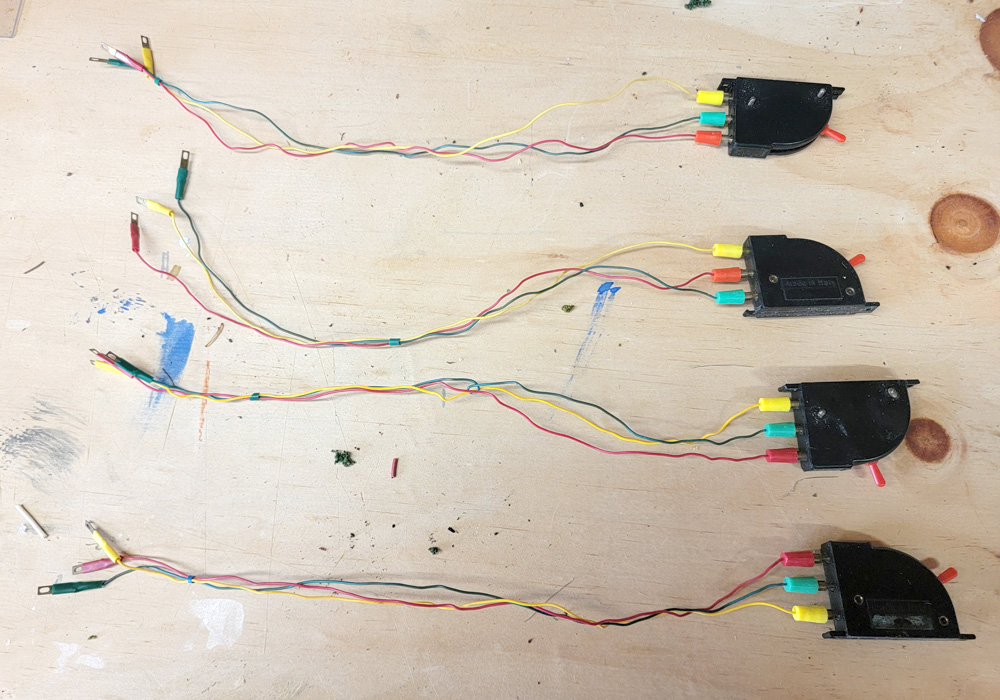
Q: I started model railroading in 1961, when I was a Second Lieutenant in the U.S. Army. Two years later, my family and my career began to grow to the point I wasn’t able to pursue my hobby. I packed up my model trains in 1963 and didn’t open the box until recently. To my surprise, it was all in very good condition. In the box I came across some accessories that I believe are vintage turnout controllers. I would appreciate it you could verify exactly what these items are and how they’re used. – John Matthews
A: You’re right; those are vintage switch-machine controllers. Similar devices were made at the time by several manufacturers, including Roco, Arnold/Rapido, and Kato. But based on the shape and the “Made in Italy” embossed on one side, I believe them to be Atlas products. Sometimes you can still find used ones sold online. They were made to be used with old-fashioned twin-coil solenoid switch machines.
A two-wire direct-current power supply would be plugged into the metal sockets on one side of one controller. Other controllers could be daisy-chained together off the same power supply by snapping the metal pins on the other side of the device into the sockets of the next, forming a lineup that looked somewhat like the levers in an interlocking machine.
Then the three-wire lead would be plugged into the three sockets on the end of the controller. The common wire, which I believe to be the center contact, would be attached to the center screw of an old-style trackside or under-table switch machine. The top and bottom wires would go to the other two contacts on the switch machine. Depending on which way the lever was thrown, current flowed to one coil of the switch machine or the other, switching the solenoid to the other side and lining the turnout.
I would not recommend using 60-year-old vintage turnout controllers on your layout unless your goal is to build the whole thing with vintage parts. If it is, you may have a lot of restoration work ahead of you.
Send us your questions
Have a question about modeling, operation, or prototype railroads? Send it to us at AskTrains@Trains.com. Be sure to put “Ask MR” in the subject.







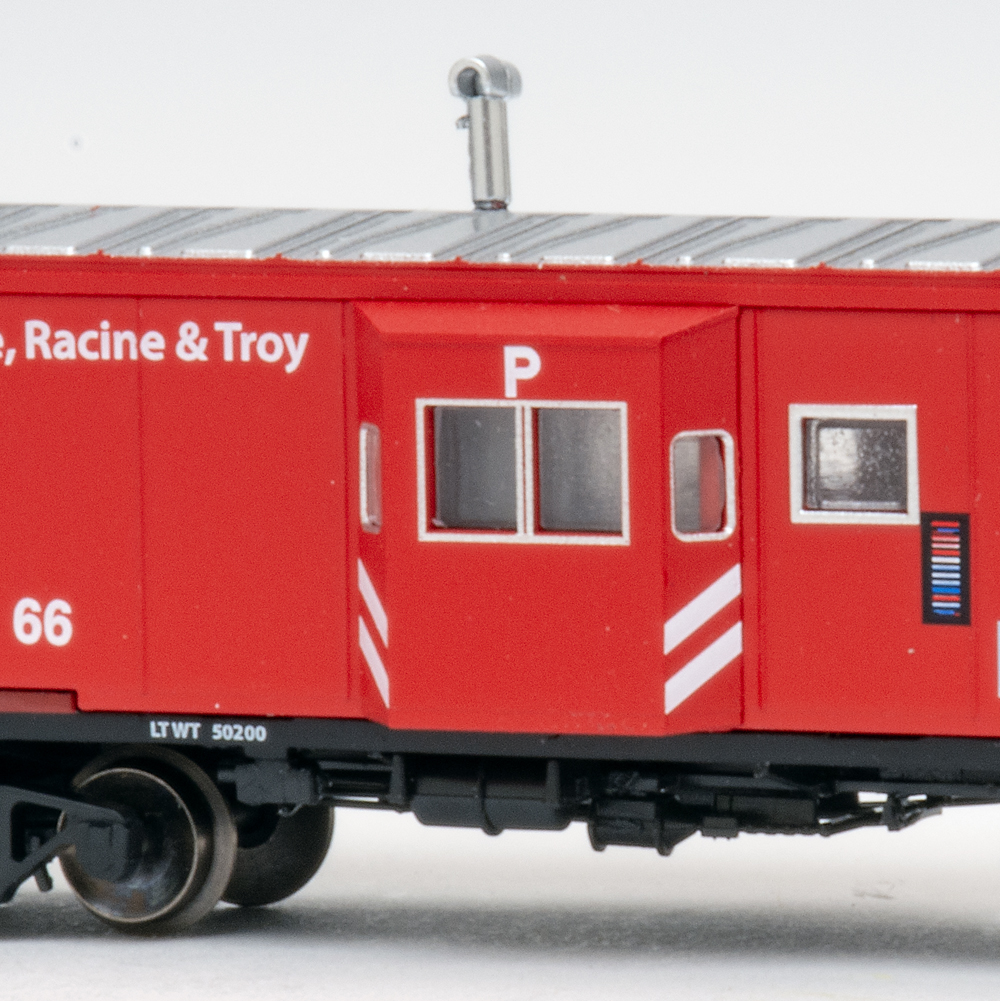
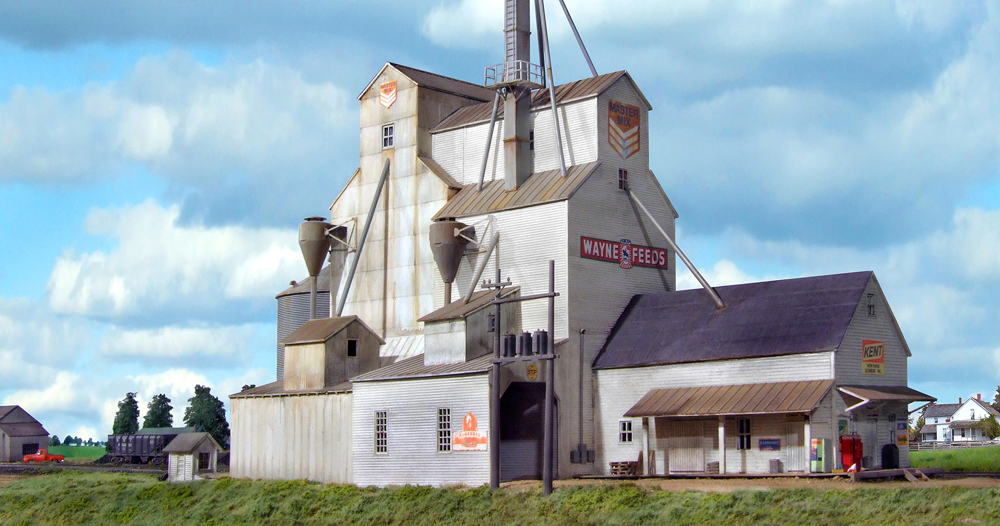
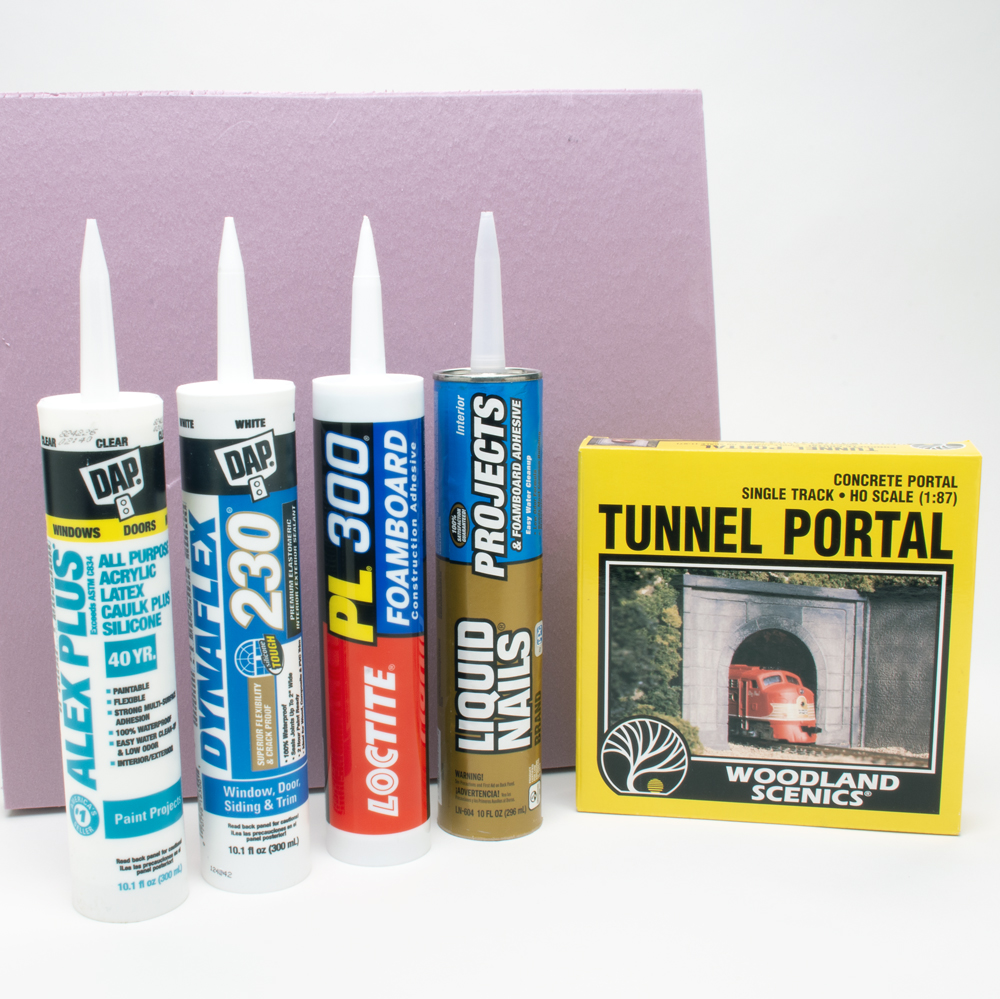
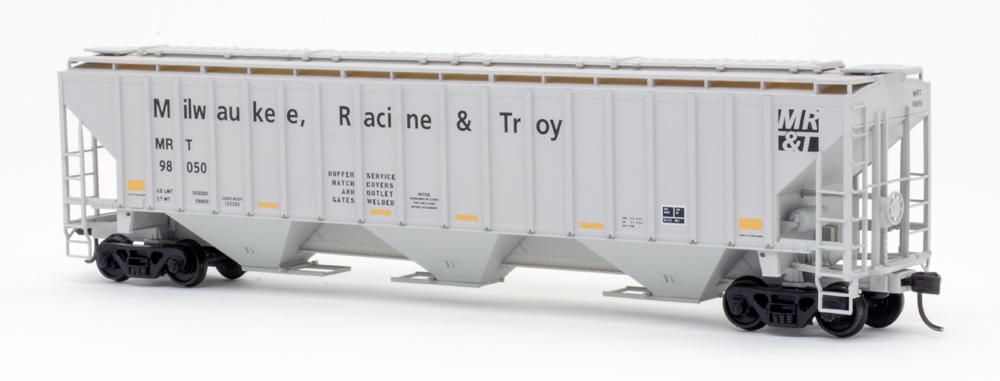
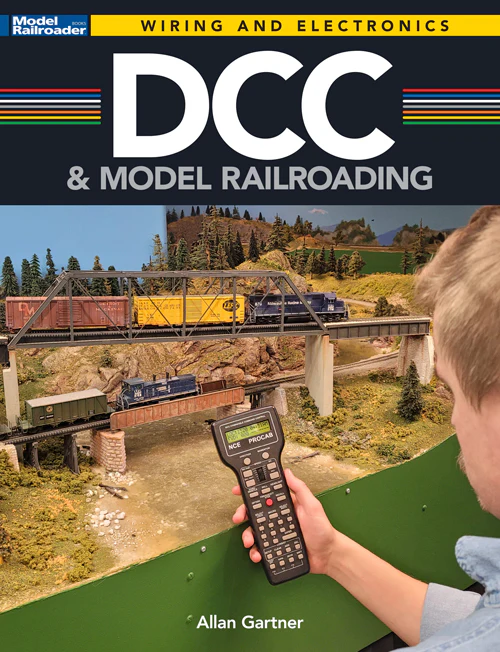

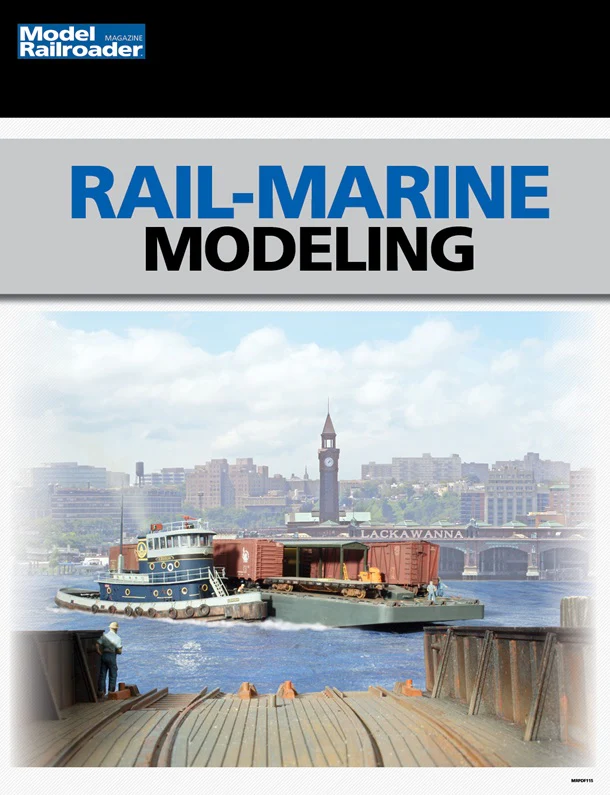

The old Atlas controllers were sprung at each end of their throw to apply power briefly to prevent power being applied for extended periods. Holding the lever in either position would lead to the switch coils overheating and melting the magnet wire coils. The lever would remain in the position giving an indication of the last thrown switch position